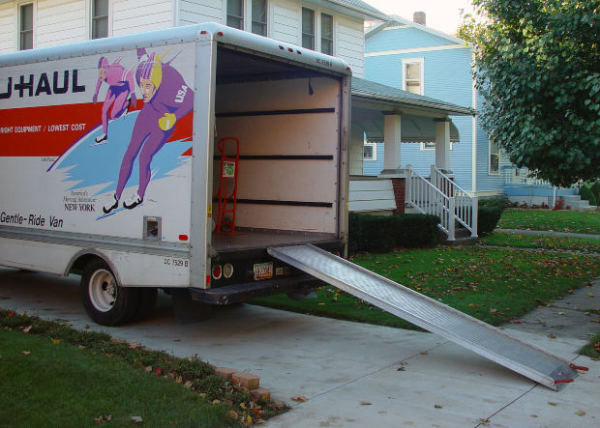Dealing with an unexpected job relocation, maybe due to a spouse with a new job or transfer or maybe due to a military transfer? Don’t panic. Here are 12 steps to take to handle the move with admirable style:
- Get busy preparing. As soon as you find out, it’s time to whip out a pen and legal pad and begin to make notes on how to prepare for the move. This may sound obvious, but what most people do is panic, protest, and procrastinate. Planning your move, taking action on a plan, and modifying it when necessary will immediately transform stress into action. You will not only see a way out, but you’ll also immediately feel better about the unexpected move.
- Work to find movers who can help you with the heavy lifting. The quicker you can get this done, the less you will have to fret about how to manage your move in a short time.
- If it is not possible to get extra time because the person with the new job or transfer has to be at their new location at a certain time, then the next best strategy is to delegate responsibility. The person with the job or transfer can move to the new location and rent a room while the rest of the family can take care of moving details.
- If you are still showing your home to prospective buyers, then select one or more rooms for all your packed boxes rather than scattering boxes all over the house. Also, avoid using the garage to store boxes, because this is a big selling point — and buyers can’t appreciate the size of the garage if it is filled to the ceiling with boxes.
- If designating a few rooms for boxes is not enough, then use portable storage containers, which can all be transported in one go when you move.
- Simplify the stress of selling or arranging a garage sale by giving away things to family and friends, donating to charities, and using a service that will haul away and recycle your unwanted stuff.
- Estimate that it will probably take 3 days to pack up each room.
- If things are still overwhelming, your action plan may be too ambitious. Break your big plan into smaller pieces, and begin chunking related pieces together.
- Work with your professional movers to understand the logistics of the move, including cheapest days to move, how to securely pack delicate items, and how to wrap large items.
- Besides spending time on your “exit strategy,” also consider your “entry strategy.” If possible try to arrange where you will live, what schools your kids will attend, and what jobs the other adults in the family can find. Also, find out about the location of hospitals, churches, clubs or any other places important for your family.
- Keep your social support system intact. Contact people to tell them you are leaving; you don’t have to sever all ties with people you have spent a long time getting to know. With modern telecommunications, staying in touch is almost effortless.
- Jettison the old stuff you’ve been using that you don’t really want anymore. Rather than lugging your old computers, appliances, and worn-out furniture, it may be better to finally buy the things you really want in your new home.
Wrapping it Up
All these 12 steps have one thing in common: there is a direct correlation between your levels of efficiency and how quickly and well your move goes. Instead of resisting the move, feeling paralyzed, or panicking—plan, and then take constructive action. It’s when you act impulsively that things go awry and cause unexpected costs and delays.




I am at the age where I think that panic is the thing I would have the most trouble with! These are all wonderful tips for sure!
Panic is definitely a hard thing to deal with, especially during a big move!
These are all great tips. Moving can be stressful, especially with little notice. I like the idea of donating items you can’t take with you.